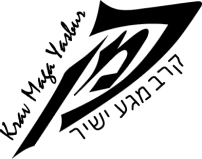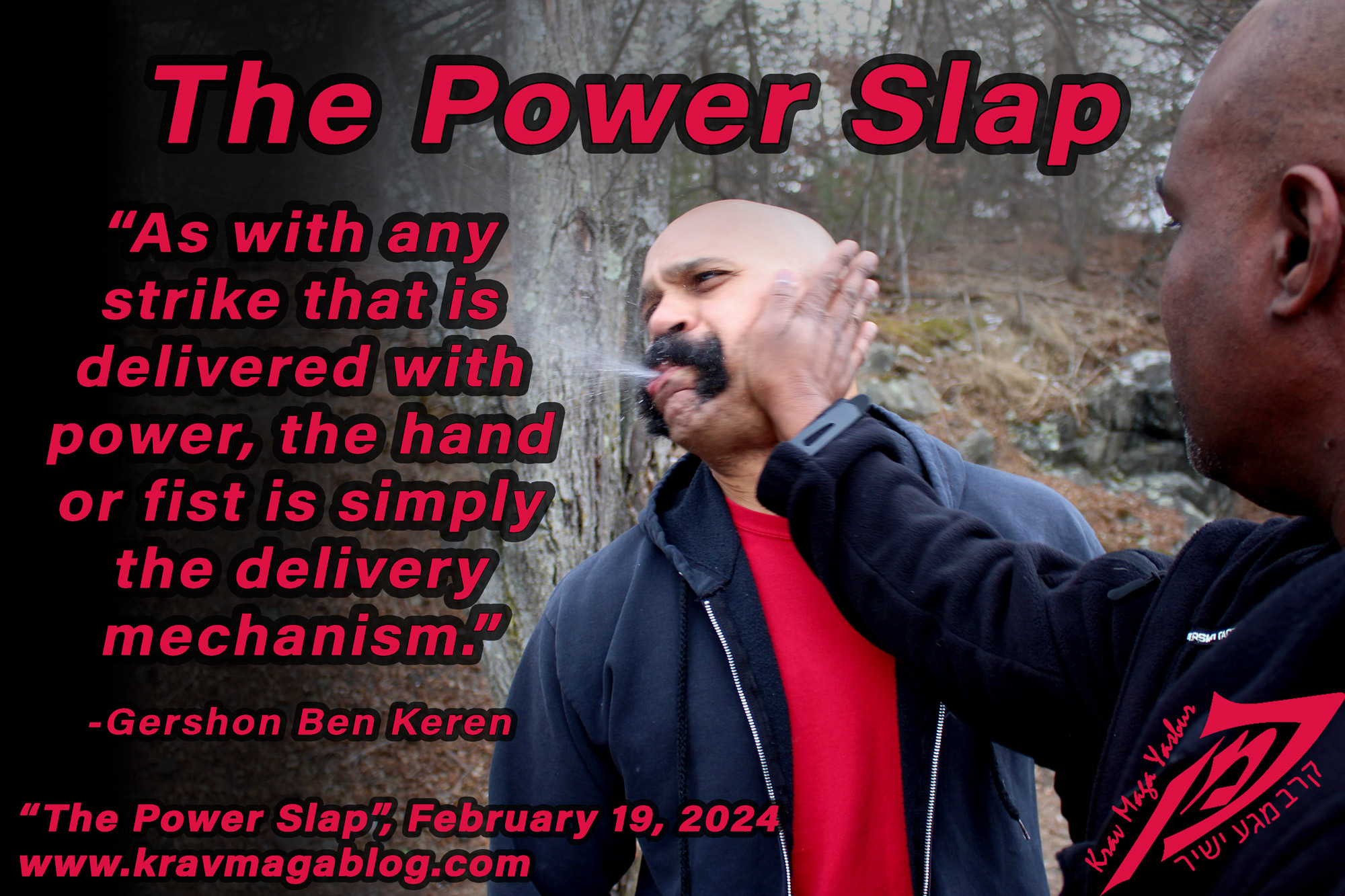I’m coming out of my comfort zone with this opening paragraph i.e., I know nothing about basketball. This shouldn’t be important concerning the point I’m trying to make, but if I get some technicalities wrong, please excuse me. Few basketball players free shoot using a “Granny Shot”, where you squat and throw underhand rather than standing upright and throwing overhand. One of the reasons cited is that shooting this way makes the player “look silly”. That’s a direct quote from Wilt Chamberlain who despite using it in the 1961-62 season - which saw him having the highest free scoring record of his career - reverted back to taking shots using the traditional overhand method, because he thought shooting this way made him look like “a sissy”. Chamberlain, a competitive athlete, was concerned about the way he looked in front of fans, even though he was better and more effective athlete using the “Granny Shot.” There is a similar pride and machismo that exists in the martial arts. One that sees punching with a closed fist, and connecting with the knuckles, being viewed as superior to striking with the palm/open hand. At the end of the day, when it comes to dealing with violence, all that ultimately matters is getting the job done, and how you look/appear as you do this is largely irrelevant, except from a legal perspective e.g., does it really matter if the strike that creates a safe disengagement opportunity for you is delivered via a “traditional” punch, or an open-handed palm strike? Yet there exists with some a belief that “how” you do something is an important aspect of fighting; that there is something “noble” about a punch and something “cheap” about an eye-rake, gouge, rip and/or open-palm strike etc. If someone believes they have the luxury to select one tool over another, that isn’t based on necessity and/or effectiveness etc., during a violent confrontation I would question how they see reality. In this article I want to take a look at the use of the “power slap” as a tool for self-defense.
As with any strike that is delivered with power, the hand or fist is simply the delivery mechanism. With the power slap it is the “heel” of the palm that connects with the target, and the strike is less about a stinging slap with the full hand and more about delivering concussive force. Whilst there are conflicting theories about what actually causes a concussion, what is agreed upon is that it is the speed of the head turning which is responsible for it i.e., the faster the head turns the greater the likelihood of a concussion. This is more likely to be achieved with a strike that has the potential to turn the head, rather than knocking it straight back, such as with a conventional straight strike/punch, where the neck and upper back muscles can offer direct support to the head. This is not to say that straight striking/punching isn’t useful/effective. As stated, all striking tools have their place at the table. The power of the power slap strike comes from shifting weight from one side of the body to the other, by stepping to the side as the slap/strike is delivered. The foot stepping should land as the strike connects, as after this point no weight is really redistributed/transferred. This doesn’t mean that the strike shouldn’t have follow through i.e., the hand/arm can keep moving through the target (jawline/behind the ear) in a “circular” fashion. One of the nice things about open palm strikes is that they are less likely to result in hand injuries than closed fist punches that use the knuckles to strike with, meaning that they can be thrown full force without having to worry about too much about form (obviously you should train with good form, but understand that in a dynamic real-life altercation, you might not be able to perfectly replicate what you did on pads in a training environment), timing, or target movement, that changes the way the hand impacts/connects with the head e.g., if when throwing a straight punch to the face, the person turns the face downward, the punch may land on the forehead, which means your relatively weak knuckles are connecting against the solid bone of the skull.
Another advantage of the power slap, is that because it’s delivered in a circular fashion, it’s range can be extended or shortened depending on the movement of the assailant’s head e.g., if it is thrown when an attacker is relatively close to you, the arm will be significantly bent, however if as the strike is being thrown the assailant pulls away from you, be extending the arm, you will still have an opportunity to connect with the target. Conversely, if you throw it at an assailant who is at arm’s length but moves in you can shorten the length of the strike by bending the elbow etc. This makes the strike extremely versatile across different ranges. Open hand/palm strikes, including the power slap, also have some potential legal advantages over closed fist punches e.g., an argument can be made that the “slap” was more of an attempt to move/push an assailant away than a strike etc. The same argument cannot be made of a closed fist punch, which has only one goal, which is to inflict pain and deliver concussive force. Also, because the force of the strike isn’t concentrated in the same way as a punch, there is a reduced chance of bruising e.g., a judge/jury may be more sympathetic to someone who appears to have taken a “beating” when they’re considering whether excessive force was used. Knuckles can also end up cutting the face, which may also change the optics of the incident to favor the other person.
When looking at how to survive a violent altercation all striking tools should have a place, even if it just to be able to deliver a “different” type of pain to an aggressor e.g., someone might have experience managing the pain that is delivered via closed-fist punches, but get “caught out” when they are poked in the eye, or have fingers dragged across their face ripping the skin etc. Adding the power slap to your arsenal gives you another tool with which to do this.
Share:

Gershon Ben Keren
2.8K FollowersGershon Ben Keren, is a criminologist, security consultant and Krav Maga Instructor (5th Degree Black Belt) who completed his instructor training in Israel. He has written three books on Krav Maga and was a 2010 inductee into the Museum of Israeli Martial Arts.
Click here to learn more.

